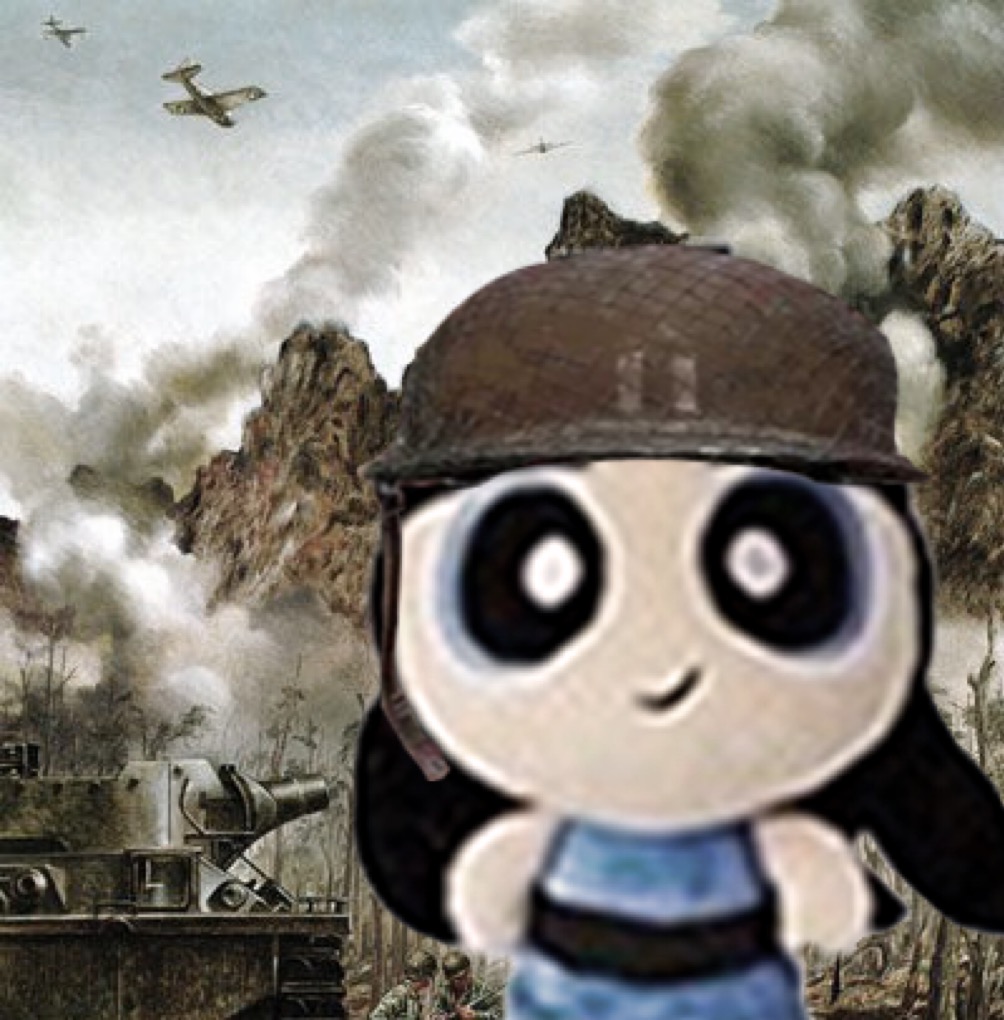Dances
Cards (38)
- Ballroom Dance can be traced back to in Europe16th century
- Ballroom dance was primarily a social activity for the upper class
- In the 19th century, ballroom dance began to be formalized and standardized
- Ballroom dance can be traced back to a dancing manual called “Orchesographie” by Thoinot Arbeau in 1598
- The origins of the oldest traditional ballroom dance, Waltz, first appeared in 16th-century Europe where individuals danced so closely that their faces touched
- At that time, the violin was most used to accompany early ballroom dances
- Ballroom dancing competitions are now called "Dance sports"
- Ballroom Dance
- Waltz
- Foxtrot
- Tango
- Quickstep
- Waltz developed out of the folk music of the Western region in Austria and features "rise and fall" movements
- Foxtrot originated in the 1-step, 2-step, and syncopated ragtime dances, with long walking motions and short, quick steps
- Tango originated in Latin America and gained popularity in ballrooms during the 20th century
- Quickstep is known for its fast, rotating movements and intricate footwork
- Contemporary Dance is a form of interpretative dance that values uniqueness and combines methods from diverse genres such as classical ballet, jazz, contemporary dance, and lyrical dance
- Contemporary Dance is all about versatility and innovation, distinguished by freedom of movement and fluidity, allowing exploration of the mind-body connection
- Martha Graham, the "Mother of Contemporary Dance," developed the Graham Technique emphasizing contraction, release, and breath-influenced movement
- Merce Cunningham, the "Father of Contemporary Dance," formalized contemporary dance as a separate art form and promoted its ongoing development with the Cunningham Technique
- Folk Dance in the Pre-colonial Period expressed and symbolized communal life as well as specific rites and events
- Folk Dance in the Spanish Period was characterized by assimilation and simplification with Christianity playing a major role
- Folk Dance in the American Period frequently highlights the love of music, the simplicity of life, and the joy of labor
- Folk dances are used to celebrate ceremonies regarding community culture, history, and rituals rooted in Catholic devotion and faith
- Types of Folk Dance
- Pandanggo sa Ilaw
- Maglalatik
- Alitaptap
- Surtido
- Tinikling
- Singkil
- Dugso
- Itik-Itik
- Significance of Folk Dance: Performing folk dances allows for the preservation of heritage and culture, depicting scenes from daily activities, livelihoods, and celebrations of Filipino life
- Folk dances often depict scenes from daily activities, livelihoods, and celebrations of Filipino life
- Appreciating folk dances keeps our culture alive and teaches the next generation the wonders of our culture
- Hip-hop
- Divided into four elements: deejaying, rapping, graffiti, and break dancing
- Originated in the Bronx neighborhood of New York City in the late 1960s and early 1970s
- Created by African American and Latino communities facing social and economic challenges
- Dance styles include up rock, breaking, locking, robotic, boogaloo, and popping
- Has three phases: old school, new school, and 21st century
- Hip-hop dance
- Intertwined with hip-hop culture as a form of self-expression
- Incorporates influences from African dance, funk, breakdancing, etc.
- Serves as a tool for individuality, storytelling, and emotion conveying
- Regularly evolves with new styles and interpretations
- Forms the foundation of hip-hop culture alongside DJing, emceeing, graffiti, and knowledge
- Reflects struggles, triumphs, and experiences of communities that gave birth to hip-hop
- Offers space for marginalized voices and identities to be celebrated
- Influenced by music genre, fashion style, and dance
- Hip-hop challenged the status quo, pushing boundaries, and forging a unique identity
- Cultural innovation transcended geographic barriers, influencing music, fashion, and youth culture globally
- A movement, language, community, and legacy that continues to evolve and inspire
- Breaking
- Also called ‘b-boying’ or ‘b-girling’
- Involves intricate footwork, freezes, acrobatic moves, and floor work performed to the beat of hip-hop music
- Popping
- Originated in the West Coast of the US in the 1970s
- Dancers contract and relax their muscles rhythmically to create a popping or snapping effect, often combined with robotic movements and isolations
- Dougie1. The rapper Doug E. Fresh inspired the name of this groove technique, which involves passing a palm over the head2. A good and adaptable transition move that will draw attention because of its renown and relative ease of execution
- Cabbage Patch1. Became a phenomenon in the 1980s2. While sidestepping, do an "around the world" spin with your hands in fists
- Fitness Dance is a type of exercise that synthesizes cathartic dance moves with fitness elements
- Dr. Kenneth H. Cooper wrote a book entitled “Aerobics”1960s
- Judi Sheppard Missett established the “Jazzercise”1970s
- The Zumba program founded by Alberto “Beto” Perez during the mid-1990s is one of the most notable dance workout trademarks
- Different types of Fitness Dance
- Cardio Dance
- Barre Workout
- Mind-body flow
- Cardio Dance
- Aims to make the body sweat
- Similar to hip-hop dance or twerk dance, depending on the instructor
- Great for relaxing the mind and body with dance
- Barre Workout
- Incorporates ballet, Pilates, and strength training all at once
- Focuses on posture to improve strength and endurance
- Mind-body flow
- Typically uses yoga or martial arts and puts in a flowing routine
- Great for improving flexibility, reducing stress, and keeping the heart healthy
